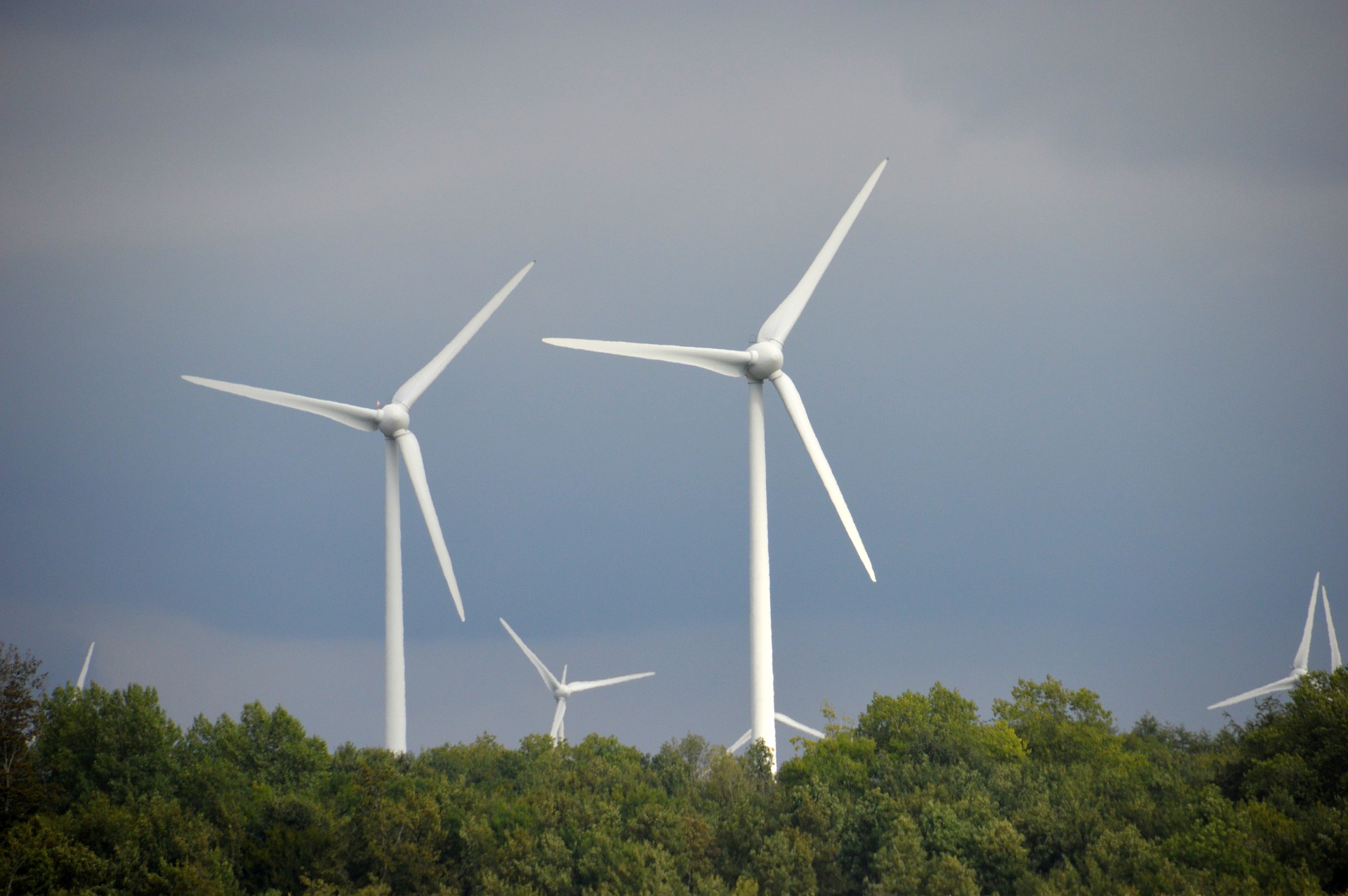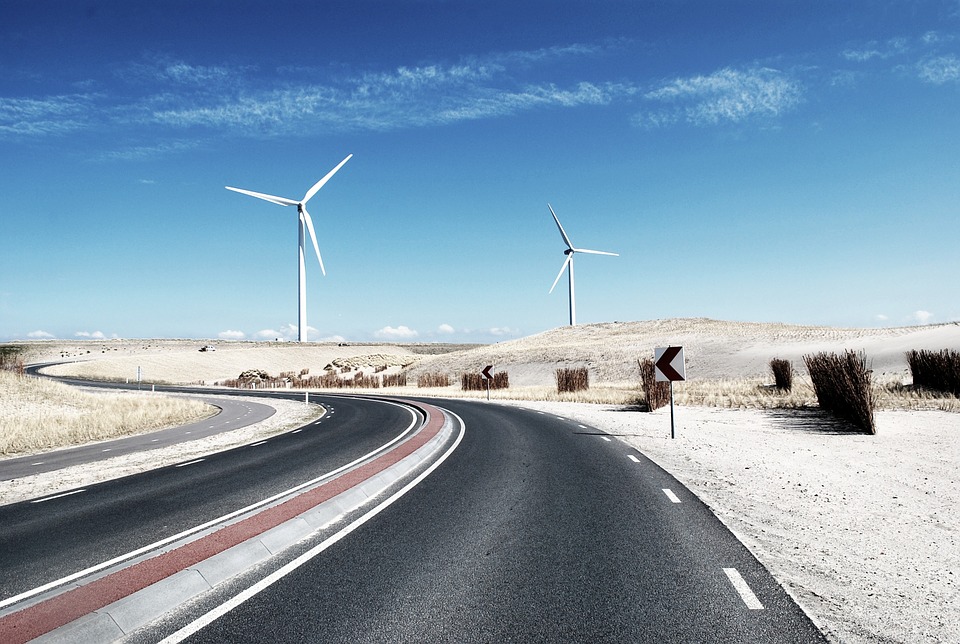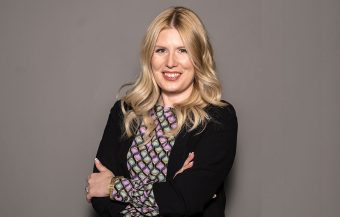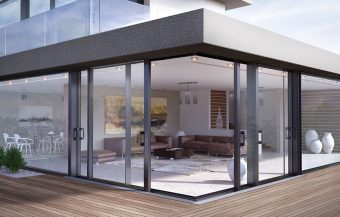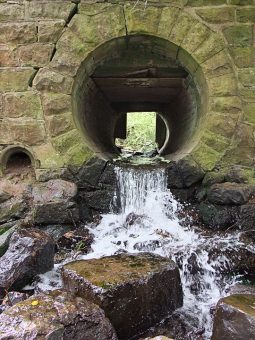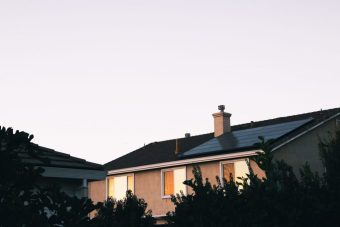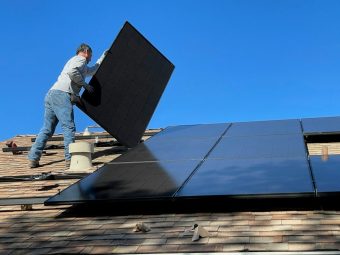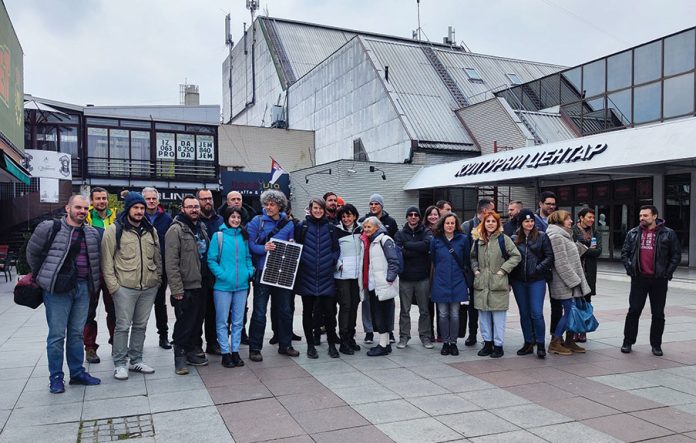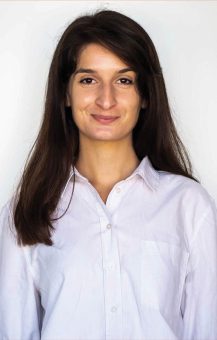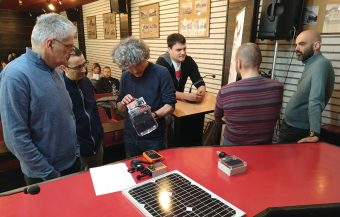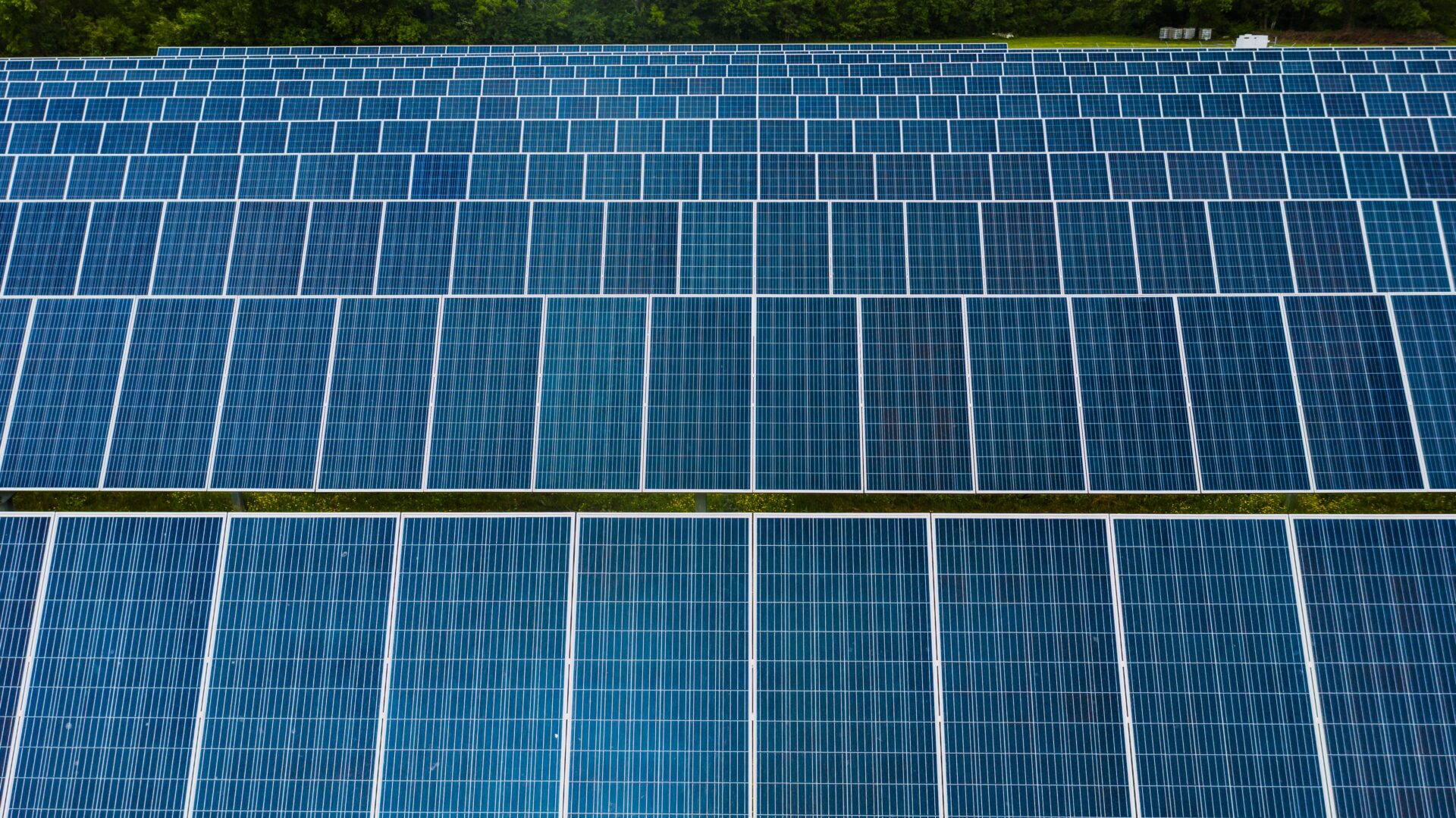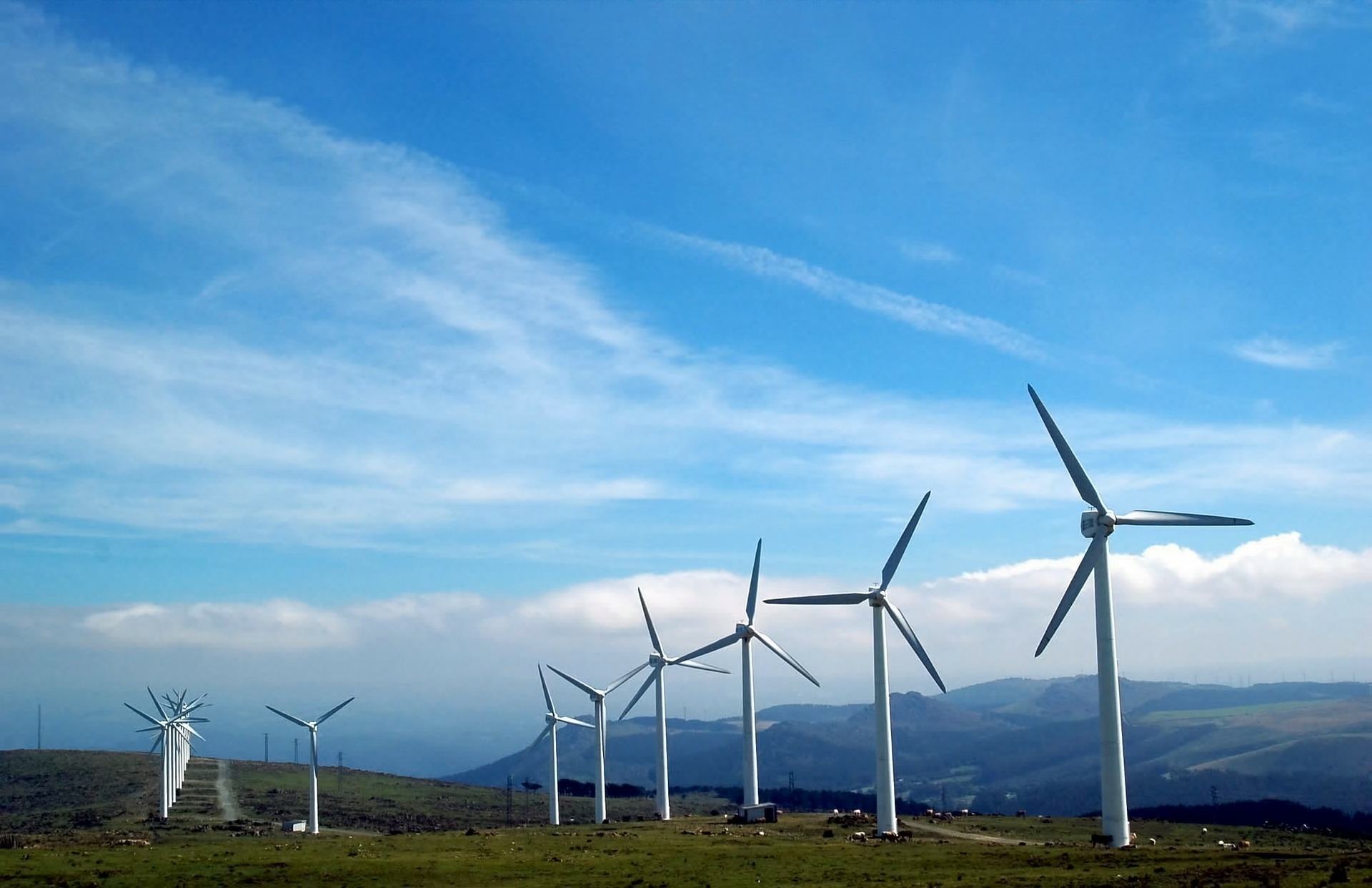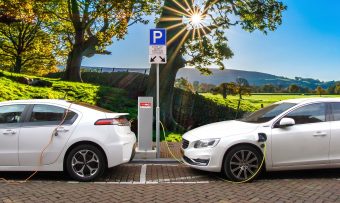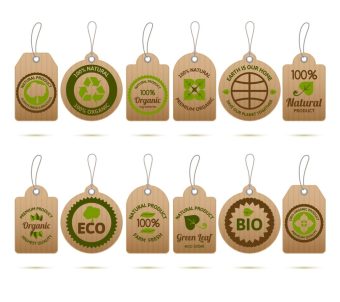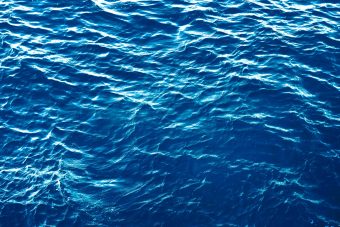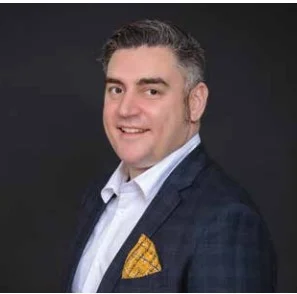
The Decree on the Conditions and Method of Implementing the Subsidized Purchase of New Electric Vehicles was adopted on February 1, 2024, at the Serbian government session, with 170 million dinars allocated for this purpose.
On the occasion, the Ministry of Environmental Protection published on its website a guide for submitting a request for a subsidy for a new electric vehicle purchase. The guide is presented in several steps.
The first step is to submit a request in person at the designated office, or by mail to the address – Ministry of Environmental Protection, 1, Omladinskih Brigada Street, 11000 Belgrade, with the indication “request for subsidizing the purchase of electric vehicles”.
What happens when the documentation is submitted? As mentioned, the Ministry will open a file based on the submission, which will be reviewed by members of the commission for the implementation of the subsidy procedure.
More:
- EU COUNCIL AND PARLIAMENT REACH AN AGREEMENT ON REDUCING CO2 EMISSIONS GENERATED BY HEAVY-DUTY VEHICLES
- ELECTRICITY DEMAND FOR E-VEHICLES WILL GROW RAPIDLY
- CARS ARE ON AVERAGE GETTING LARGER, USING MORE FUEL AND OCCUPIING LARGER AREA
The next step is the decision. Namely, if the documentation is complete, the preparation of the subsidy award is started. The applicant will be personally invited to collect the decision in writing. After that, the decision is handed over to the vehicle seller or leasing company, who prepares the financial documentation that needs to be delivered to the Ministry in person or by mail to the previously mentioned address.
According to the Ministry’s website, to purchase a vehicle through financial leasing, the future owner has to submit a Financial Leasing Agreement (original), then proof of the transfer of funds (bank statement with the bank’s stamp and signature) and confirmation that over 15 per cent of the vehicle’s value has been paid. To purchase a vehicle directly from a car dealer, the future owner has to submit a pre-invoice and an advance invoice, then proof of the transfer of funds (a bank statement with the bank’s stamp and signature) and the vehicle sale contract.
You can find the text of The Decree on the Conditions and Method of Implementing the Subsidized Purchase of New Electric Vehicles here.
You can download the Application for the Subsidized Purchase of a New Electric Vehicle here.
Energy portal



